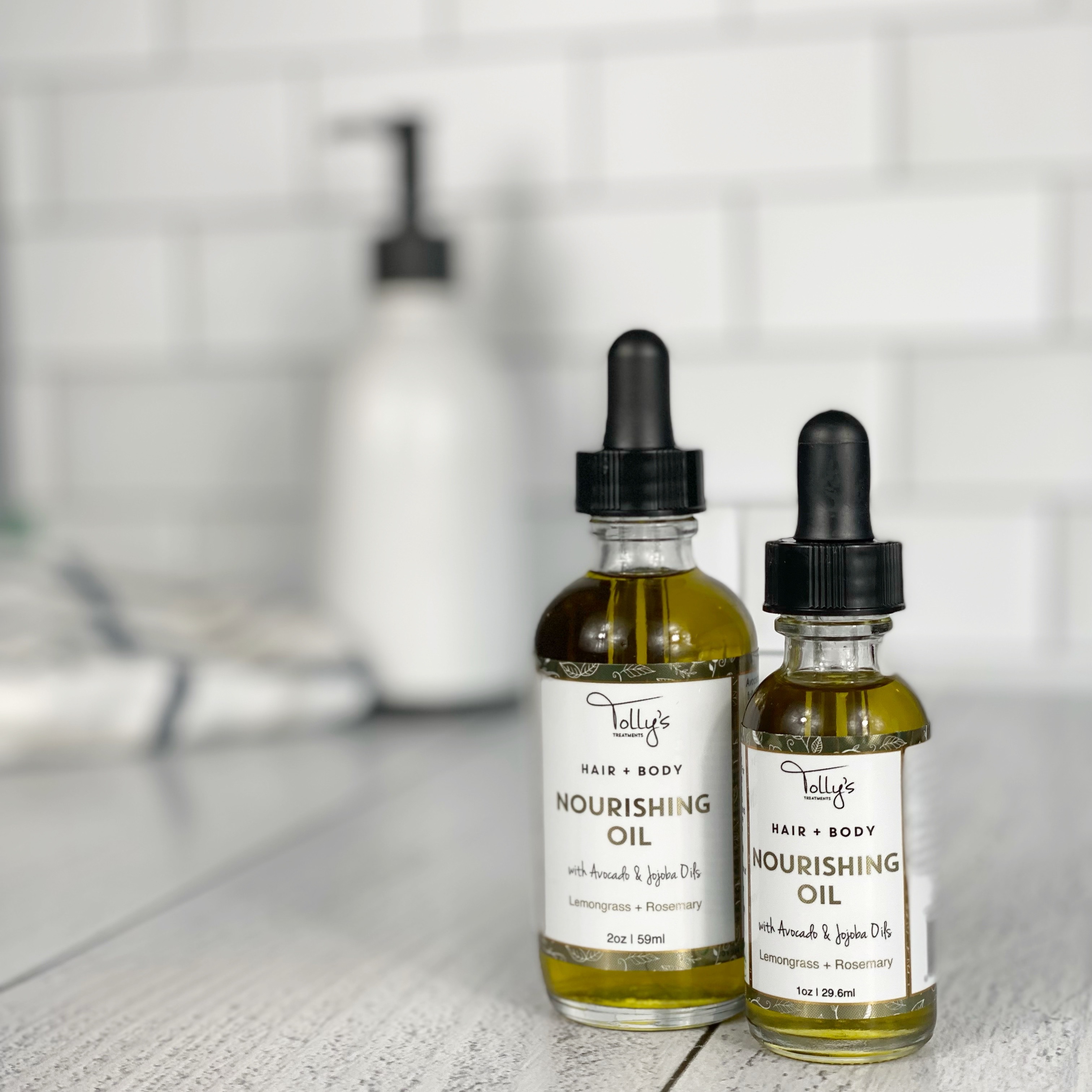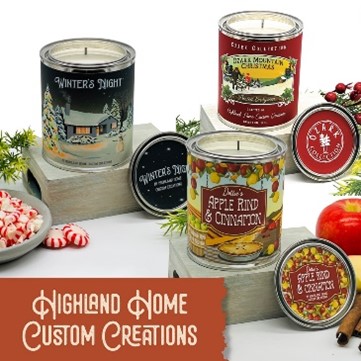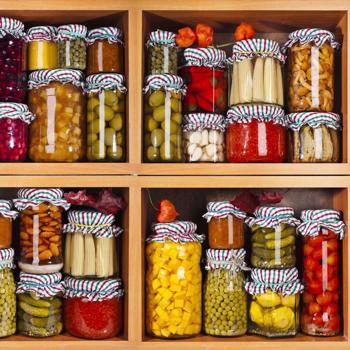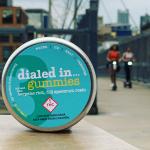Print Labels: Artwork Specifications
Please note that it makes good sense to check your print labels design (and spelling) before sending them to us - corrections or modifications made after the proofing stage will incur extra charges, as we need to repeat the entire pre-press process to incorporate the new files.
Preferred File Formats
• Native Adobe Illustrator CC 2019 (.ai or .pdf)• Native Adobe Photoshop CC (.psd or .pdf)
Supported Applications & File Formats
• Adobe Illustrator CC 2019 (.ai, .eps or .pdf)• Adobe Photoshop CC (300 DPI or higher; .psd, .jpeg or. tiff)
• Adobe Acrobat PDF (.pdf)
File Resolution
Any raster artwork needs to be a minimum of 300 DPI. Click here for more information.
CMYK vs RGB and Pantone Colors
Our presses handle CMYK mode only - all RGB images will be converted to CMYK, which can cause extreme shifts in color. If in doubt, please take advantage of our free press proof (shipping charges apply), which allows you to see how the finished print labels will look before going into production. All Pantone colors that you submit will be converted to their CMYK equivalents.
Placed Images
Please be sure to embed all placed images in your documents at a minimum of 300 DPI. Click here for more information regarding images and links.
Vector vs. Raster
When submitting art for spot color orders, use vector graphics over raster graphics for the best quality. This allows images to be easily manipulated and editable. Colors used in vector graphics are solid, without variation. Since vector graphics are mathematically based, resolution is never an issue.
Fonts
Missing fonts or substituted fonts can create errors in your document, so please be sure to convert all of your fonts to outlines.
Bleeds and Clear Space
All of our dies have three parts: Bleed line (outer blue dotted line), Cut line (black middle line), and Clear Space (inner blue dotted line). If there are images or color blocks that "bleed" (extend to the edge of the label), then we require an extra 1/16" image past the label edge to ensure the image or color meets the label edge. All other text and graphics should be contained within the clear space line, a 1/16" print margin inside the label edge, otherwise any text or graphics that are not meant to bleed could be cut during the manufacturing process. Click here for detailed example of bleeds and clear space. Die lines are available to help you ensure your artwork meets these specifications. Need a specific size die line? E-mail us!
Compressing & Combining Files
For the best results, we recommend that you compress your files before uploading, especially if they are large. Compressing files provides for easy downloads and takes up less space. They are also less susceptible to file corruption than files that have not been compressed. You can also use file-sharing options such as yousendit.com and Dropbox. Examples of compressed files are .zip and .sit files.
White Ink
White ink can be applied in many different ways to enhance your design. Including a white layer in your design will allow us to see where you want white ink to print. We suggest creating an individual file in your design labeled “White Layer” with a 100% Magenta fill for areas your design needs white ink printed. We recommend backing all color and barcodes on clear materials and all barcodes for chrome materials.
Additional Resources
Die Lines for Special Label Shapes
How Die Cutting Works
Top 10 Label Artwork Mistakes
6 Tips to Make a Statement with Colorful Custom Labels and Stickers
How Label Material Thickness Is Measured








